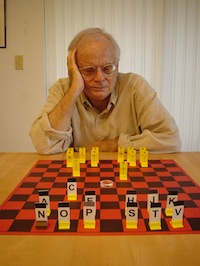 W
WRobert Abbott was an American game inventor, sometimes referred to by fans as "The Official Grand Old Man of Card Games". Though early in his life he worked as a computer programmer with the IBM 360 assembly language. He began designing games in the 1950s.
 W
WRobert Ammann was an amateur mathematician who made several significant and groundbreaking contributions to the theory of quasicrystals and aperiodic tilings.
 W
WWalter William Rouse Ball, known as W. W. Rouse Ball, was a British mathematician, lawyer, and fellow at Trinity College, Cambridge, from 1878 to 1905. He was also a keen amateur magician, and the founding president of the Cambridge Pentacle Club in 1919, one of the world's oldest magic societies.
 W
WAlexander Bogomolny was a Soviet-born Israeli American mathematician. He was Professor Emeritus of Mathematics at the University of Iowa, and formerly research fellow at the Moscow Institute of Electronics and Mathematics, senior instructor at Hebrew University and software consultant at Ben Gurion University. He wrote extensively about arithmetic, probability, algebra, geometry, trigonometry and mathematical games.
 W
WCommodore Laurence Phillip Brokenshire CBE (1952–2017), known as Laurie Brokenshire, was a Royal Naval officer, magician and world-class puzzle solver.
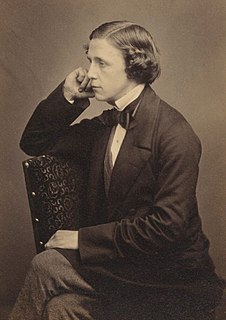 W
WCharles Lutwidge Dodgson, better known by his pen name Lewis Carroll, was an English writer of children's fiction, notably Alice's Adventures in Wonderland and its sequel Through the Looking-Glass. He was noted for his facility with word play, logic, and fantasy. The poems Jabberwocky and The Hunting of the Snark are classified in the genre of literary nonsense. He was also a mathematician, photographer, inventor and Anglican deacon.
 W
WBram Cohen is an American computer programmer, best known as the author of the peer-to-peer (P2P) BitTorrent protocol, as well as the first file sharing program to use the protocol, also known as BitTorrent. He is also the co-founder of CodeCon and organizer of the San Francisco Bay Area P2P-hackers meeting, and was the co-author of Codeville.
 W
WJohn Horton Conway was an English mathematician active in the theory of finite groups, knot theory, number theory, combinatorial game theory and coding theory. He also made contributions to many branches of recreational mathematics, most notably the invention of the cellular automaton called the Game of Life.
 W
WHarold Scott MacDonald "Donald" Coxeter, was a British and later also Canadian geometer. He is regarded as one of the greatest geometers of the 20th century.
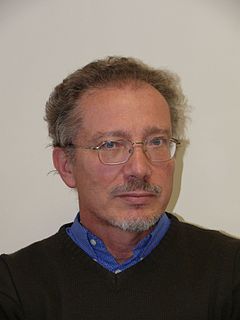 W
WJean-Paul Delahaye is a French computer scientist and mathematician.
 W
WErik D. Demaine is a professor of Computer Science at the Massachusetts Institute of Technology and a former child prodigy.
 W
WHenry Ernest Dudeney was an English author and mathematician who specialised in logic puzzles and mathematical games. He is known as one of the country's foremost creators of mathematical puzzles.
 W
WDavid Arthur Eppstein is an American computer scientist and mathematician. He is a Distinguished Professor of computer science at the University of California, Irvine. He is known for his work in computational geometry, graph algorithms, and recreational mathematics. In 2011, he was named an ACM Fellow.
 W
WMartin Gardner was an American popular mathematics and popular science writer, with interests also encompassing scientific skepticism, micromagic, philosophy, religion, and literature—especially the writings of Lewis Carroll, L. Frank Baum, and G. K. Chesterton. He was also a leading authority on Lewis Carroll. The Annotated Alice, which incorporated the text of Carroll's two Alice books, was his most successful work and sold over a million copies. He had a lifelong interest in magic and illusion and was regarded as one of the most important magicians of the twentieth century. He was considered the doyen of American puzzlers. He was a prolific and versatile author, publishing more than 100 books.
 W
WSolomon Wolf Golomb was an American mathematician, engineer, and professor of electrical engineering at the University of Southern California, best known for his works on mathematical games. Most notably, he invented Cheskers in 1948 and coined the name. He also fully described polyominoes and pentominoes in 1953. He specialized in problems of combinatorial analysis, number theory, coding theory, and communications. His game of pentomino inspired Tetris.
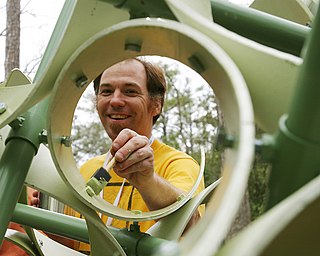 W
WChaim Goodman-Strauss is an American mathematician who works in convex geometry, especially aperiodic tiling. He is on the faculty of the University of Arkansas and is a co-author with John H. Conway of The Symmetries of Things, a comprehensive book surveying the mathematical theory of patterns.
 W
WRalph William Gosper Jr., known as Bill Gosper, is an American mathematician and programmer. Along with Richard Greenblatt, he may be considered to have founded the hacker community, and he holds a place of pride in the Lisp community. The Gosper curve is named after him.
 W
WRichard Kenneth Guy was a British mathematician. He was a professor in the Department of Mathematics at the University of Calgary. He is known for his work in number theory, geometry, recreational mathematics, combinatorics, and graph theory. He is best known for co-authorship of Winning Ways for your Mathematical Plays and authorship of Unsolved Problems in Number Theory. He published more than 300 scholarly articles. Guy proposed the partially tongue-in-cheek "Strong Law of Small Numbers", which says there are not enough small integers available for the many tasks assigned to them – thus explaining many coincidences and patterns found among numerous cultures. For this paper he received the MAA Lester R. Ford Award.
 W
WVictoria Hart, commonly known as Vi Hart, is a self-described "recreational mathemusician" who is well known for creating mathematical videos on YouTube. Hart founded the virtual reality research group eleVR and has co-authored several research papers on computational geometry and the mathematics of paper folding.
 W
WPiet Hein was a Danish polymath, often writing under the Old Norse pseudonym Kumbel, meaning "tombstone". His short poems, known as gruks or grooks, first started to appear in the daily newspaper Politiken shortly after the German occupation of Denmark in April 1940 under the pseudonym "Kumbel Kumbell". He also invented the Soma cube and the board game Hex.
 W
WDouglas Richard Hofstadter is an American scholar of cognitive science, physics, and comparative literature whose research includes concepts such as the sense of self in relation to the external world, consciousness, analogy-making, artistic creation, literary translation, and discovery in mathematics and physics. His 1979 book Gödel, Escher, Bach: An Eternal Golden Braid won both the Pulitzer Prize for general nonfiction and a National Book Award for Science. His 2007 book I Am a Strange Loop won the Los Angeles Times Book Prize for Science and Technology.
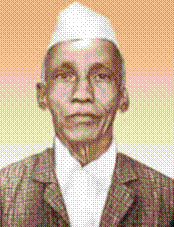 W
WDattatreya Ramchandra Kaprekar (1905–1986) was an Indian recreational mathematician who described several classes of natural numbers including the Kaprekar, harshad and self numbers and discovered the Kaprekar's constant, named after him. Despite having no formal postgraduate training and working as a schoolteacher, he published extensively and became well known in recreational mathematics circles.
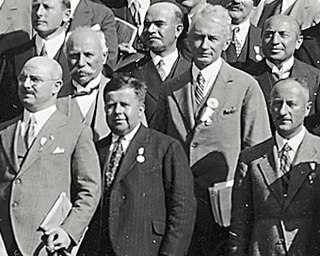 W
WMaurice Borisovich Kraitchik was a Belgian mathematician and populariser. His main interests were the theory of numbers and recreational mathematics.
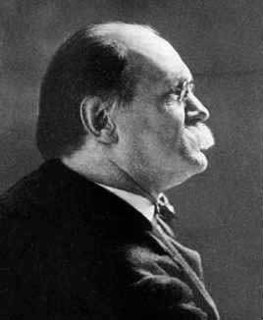 W
WSamuel Loyd, was an American chess player, chess composer, puzzle author, and recreational mathematician. Loyd was born in Philadelphia but raised in New York City.
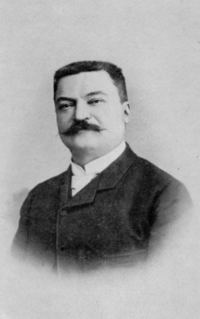 W
WFrançois Édouard Anatole Lucas was a French mathematician. Lucas is known for his study of the Fibonacci sequence. The related Lucas sequences and Lucas numbers are named after him.
 W
WJoseph Steven Madachy was a research chemist, technical editor and recreational mathematician. He was the lead editor of Journal of Recreational Mathematics for nearly 30 years and then served as editor emeritus. He was owner, publisher and editor of its predecessor, Recreational Mathematics Magazine, which appeared from 1961–1964.
 W
WJúlio César de Mello e Souza, was a Brazilian writer and mathematics professor. He is well known in Brazil and abroad by his books on recreational mathematics, most of them published under the pen names of Malba Tahan and Breno de Alencar Bianco.
 W
WDame Kathleen Mary Ollerenshaw, was a British mathematician and politician who was Lord Mayor of Manchester from 1975 to 1976 and an advisor on educational matters to Margaret Thatcher's government in the 1980s.
 W
WMatthew Thomas Parker is an Australian recreational mathematician, author, comedian, YouTube personality and communicator. His book Humble Pi was the first maths book in the UK to be a Sunday Times #1 bestseller. Parker was the Public Engagement in Mathematics Fellow at Queen Mary University of London. He is a former maths teacher and has helped popularise maths via his tours and videos.
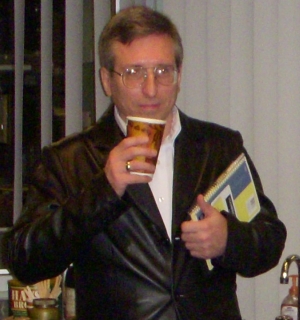 W
WEdward Taylor Pegg Jr. is an expert on mathematical puzzles and is a self-described recreational mathematician. He wrote an online puzzle column called Ed Pegg Jr.'s Math Games for the Mathematical Association of America during the years 2003–2007. His puzzles have also been used by Will Shortz on the puzzle segment of NPR's Weekend Edition Sunday.
 W
WSir Roger Penrose is an English mathematical physicist, mathematician, philosopher of science and Nobel Laureate in Physics. He is Emeritus Rouse Ball Professor of Mathematics at the University of Oxford, an emeritus fellow of Wadham College, Oxford and an honorary fellow of St John's College, Cambridge, and of University College London (UCL).
 W
WYakov Isidorovich Perelman was a Russian and Soviet science writer and author of many popular science books, including Physics Can Be Fun and Mathematics Can Be Fun.
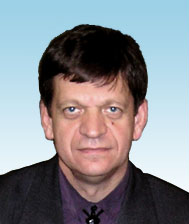 W
WMiodrag S. Petković is a mathematician and computer scientist. In 1991 he became a full professor of mathematics at the Faculty of Electronic Engineering, University of Niš in Serbia.
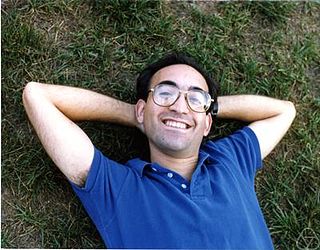 W
WJames Gary Propp is a professor of mathematics at the University of Massachusetts Lowell.
 W
WErnő Rubik is a Hungarian inventor, architect and professor of architecture. He is best known for the invention of mechanical puzzles including the Rubik's Cube (1974), Rubik's Magic, Rubik's Magic: Master Edition, and Rubik's Snake.
 W
WLee Cecil Fletcher Sallows is a British electronics engineer known for his contributions to recreational mathematics. He is particularly noted as the inventor of golygons, self-enumerating sentences, and geomagic squares.
 W
WDavid Breyer Singmaster is a retired professor of mathematics at London South Bank University, England, UK. A self-described metagrobologist, he has a huge personal collection of mechanical puzzles and books of brain teasers. He is most famous for being an early adopter and enthusiastic promoter of the Rubik's Cube. His Notes on Rubik's "Magic Cube" which he began compiling in 1979 provided the first mathematical analysis of the Cube as well as providing one of the first published solutions. The book contained his cube notation which allowed the recording of Rubik's Cube moves, and which quickly became the standard.
 W
WJerry Slocum is an American historian, collector and author specializing on the field of mechanical puzzles. He worked as an engineer at Hughes Aircraft prior to retiring and dedicating his life to puzzles.
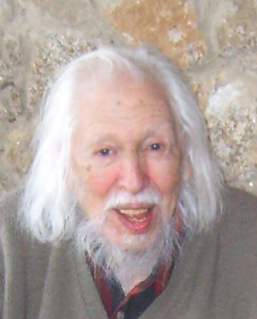 W
WRaymond Merrill Smullyan was an American mathematician, magician, concert pianist, logician, Taoist, and philosopher.
 W
WIan Nicholas Stewart is an English mathematician and a popular-science and science-fiction writer. He is Emeritus Professor of Mathematics at the University of Warwick, England.
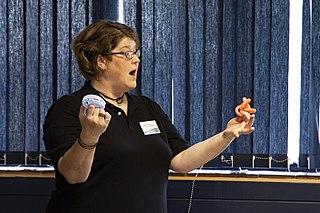 W
WLaura Anne Taalman, also known as mathgrrl, is an American mathematician known for her work on the mathematics of Sudoku and for her mathematical 3D printing models. Her mathematical research concerns knot theory and singular algebraic geometry; she is a professor of mathematics at James Madison University.
 W
WNobuyuki Yoshigahara was perhaps Japan's most celebrated inventor, collector, solver, and communicator of puzzles.